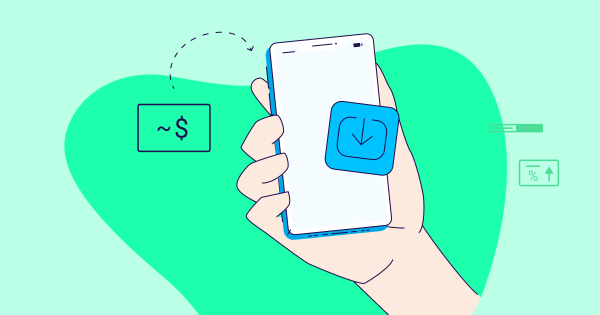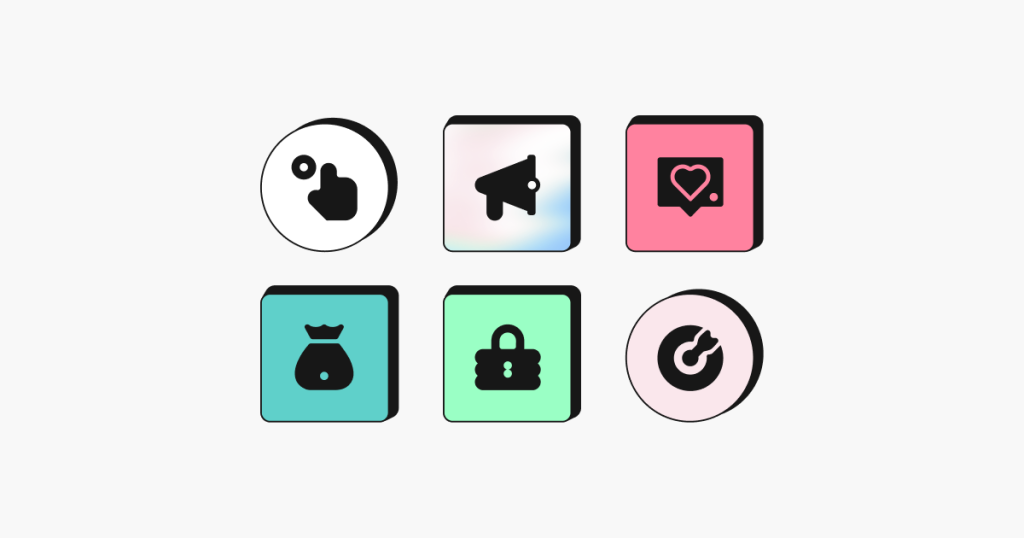Going local to go global: How mobile app localization helps your app rule the world


Like many people, whether working remotely from home or in-office, we spend a lot of time on Slack. And for those of us who are Slack regulars, we know and love Slack for the witticisms, anecdotes, and regional idioms that the app greets its users with on the daily.
It begs the question, how does an enterprise like Slack connect with its users across the globe so meaningfully? (So much so that they can tout having users in more than 150 countries.)
The answer is localization. In her blog post, Anca Greve from Slack wrote, “localization builds trust with our customers in a language that they understand, with cultural references that are familiar to them.”
Therefore, in a global smartphone economy, that is a trillion (yes, with a T) dollar economy. And, with $118 billion (yes, with a B) of that trillion-dollar economy generated via apps, mobile app localization can literally blow your app UP.
The best way to gain global visibility is localizing your app for various countries and languages. Mobile app localization done right opens the door to the $118 billion economy and positions your app to rule the world.
What is mobile app localization?
It’s the practice of adjusting the functionalities and interface of an app for global markets. The power of localization lies in its ability to avail your app to millions of new and potential users across the globe.
And in case you’re wondering, mobile app localization is more than translation, because it considers things like linguistics and cultural/technical differences. The intent is to duplicate the app to look and function as it was initially created for its native and target language.
Here’s a great example of a web and mobile commerce app localizing and globalizing simultaneously:
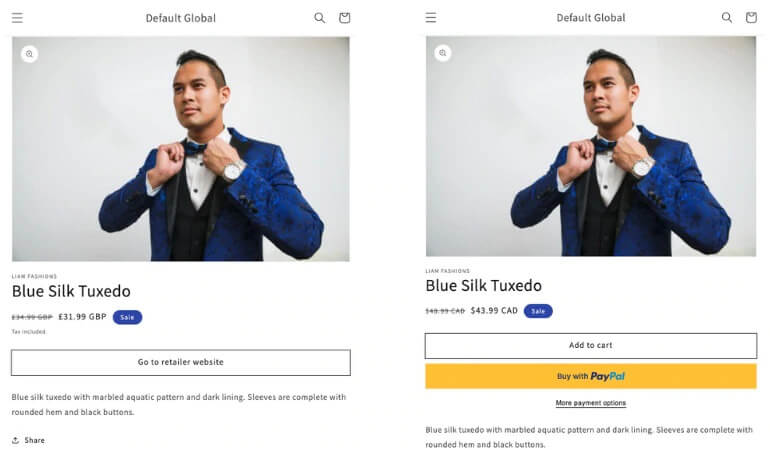
Shopify intends to empower entrepreneurs to get online and sell so they make localizing easy. In the photo, on the left, a UK customer is prompted to an external retail site. On the right, the Canadian customer is directed to “add to cart” and buy directly from the website. Localizing can be as simple as unique code tags (do_not_sell_to_UK) that deliver intent seamlessly to each location.
Why is mobile app localization important in a global economy?
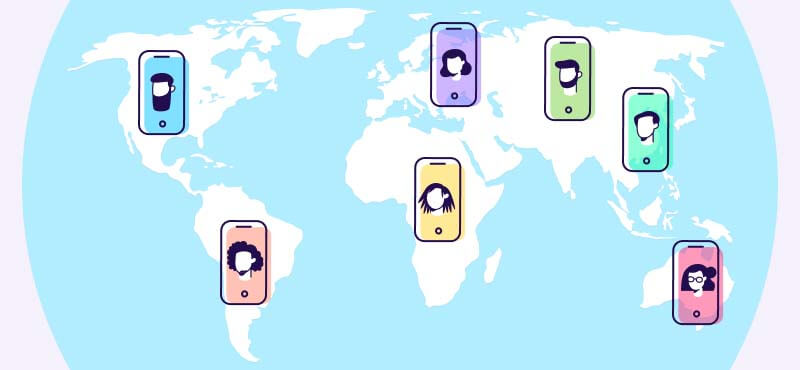
On the most basic level, app localization opens your app to users who don’t speak your language. But that’s not all; localizing in a global economy is a must for three reasons:
1. Improving the international user experience
Never underestimate the power of a positive UX. Today’s users spend an average of 4.8 hours per day on mobile apps. The AppsFlyer blogosphere is filled with material on the importance of UX, your app, and how to capitalize on those 4.8 hours.
When it comes to your international users, localization of your mobile app has never been more critical. A properly translated app can help you break into a new market — by creating positive experiences for customers, who will then become advocates of your app.
And if you don’t believe us, Google found that “89% of people are likely to recommend a brand after a positive brand experience on mobile.”
2. Ramping up your app store showing
First things first, though. To truly go global, you need a worldwide audience. This is precisely why the iTunes App Store and the Google Play Store provide options to help you and your app.
The iTunes App Store is available in 175 countries and 40 languages, while Google Play is available in 190+ countries.
iTunes offers Apple developers a step-by-step guide on building a localized mobile app. In fact, it offers the Xcode export for localization. This allows developers to export localizations for the regions and languages they’re ready to support.
Similarly, Google offers Android developers a “how-to” to translate and localize their apps. Instead of an exporter, Google allows you to “add translations for your app’s store listing page, APK files, strings, or in-app products. You can add them yourself or purchase and apply them through the Play Console.”
Bottom line, localizing your mobile app widens the net of your potential users. Now, more people can find your app employing keywords in their native languages, which will truly open the door for the world to enter (and hopefully install your app).
3. Boosting international app engagement
Research shows that for mobile consumers, 78% of shoppers are more likely to make a purchase if the online store is localized. It’s clear that in order for your app to remain competitive and eventually dominate worldwide, localizing is a must.
What is the difference between mobile app localization and mobile app internationalization?
App internationalization sounds like it could be a synonym for app localization, but while the two processes are related, they’re not the same. Internationalization is about customizing code, and localization is about customizing content.
Understanding app internationalization
Internationalization (often abbreviated to i18n) is the method of creating your code prior to localization.
A significant difference between localization and internationalization lies in the fact that localization doesn’t require pre-planning ahead of the development process, whereas internationalization does. This is because it’s harder to modify code for internationalization once it has been created.
What are the challenges of mobile app localization?
Once considered, these challenges are really opportunities to expand your knowledge and question your biases. And the value of those lessons goes beyond localizing your app, because diversity is what makes humans awesome (and it is humans on the other side of your app).
1. Culture clashes
The best way to illustrate these potential cultural clashes is with emojis and a round of applause, unless you happen to be in China. Because, in China, that clapping emoji “is a symbol for making love.” Makes you rethink every message you ever sent your Chinese colleagues, huh?
Down to the last emoji, localization requires a cultural deep-dive to ensure you are delighting and not mortifying your potential new users.
2. Creating space
We mean this one literally and figuratively. In the broader sense, existing in a global world means making space for different perspectives. In the literal sense, that means when localizing, you must consider Semitic languages like Hebrew or Arabic.
You see, languages that go left to right are familiar, but what about languages that go from right to left? How will that affect your interface and users’ experiences?
Apple’s App Store helps developers meet this challenge head-on:
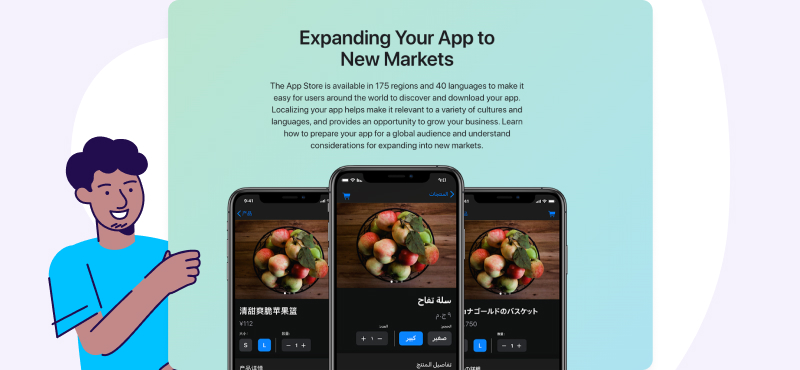
3. International dating (no, not that)
Unless you’ve already localized an application, you probably don’t realize how extensive date formatting is around the world.
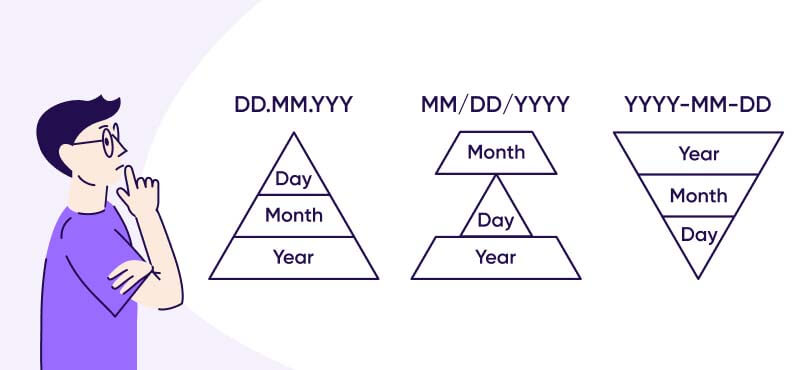
For example, if your app is ready to be localized in English, German, and Japanese, that means you’re ready to format your dates in three distinct ways (no, really):
6 best practices to help your app go worldwide
Localization amounts to adapting your app to fit a target market’s preferences. This includes measurement units, currency conversions, formats, cultural norms, legalities, and technological capabilities.
It seems overwhelming, but localizing your app can feel less daunting if you prioritize the following best practices:
1. Make many assumptions about your text
Different languages require varying amounts of space. And it’s not just right to left languages that you need to consider. Think about Chinese, Japanese, Korean, or other non-Latin script languages.
Suddenly, you’re faced with vertical text growth. This is precisely why, in the design and build phase, you must build with flexibility, and it’s why your app needs to be internationalized before being localized.
Takeaway: Build and design flexibly so that you can accommodate various languages and translations.
2. Consider locale and use ISO codes
Thinking about language is obvious. But when it comes to your international base, considering locale is crucial.
Take this scenario for example. You’re based in America and your best friend in Canada, and you’re shopping (in English) for the same item on the same mobile app. When it comes time to check out, your item is served to you in USD, and their item is served to them in CAD. How did that happen so seamlessly?
Takeaway: Add ISO codes. This will help you with nuances in language, currency, and unit measurements from one locale to another.
3. Make and use a glossary and style guide to ensure global brand consistency
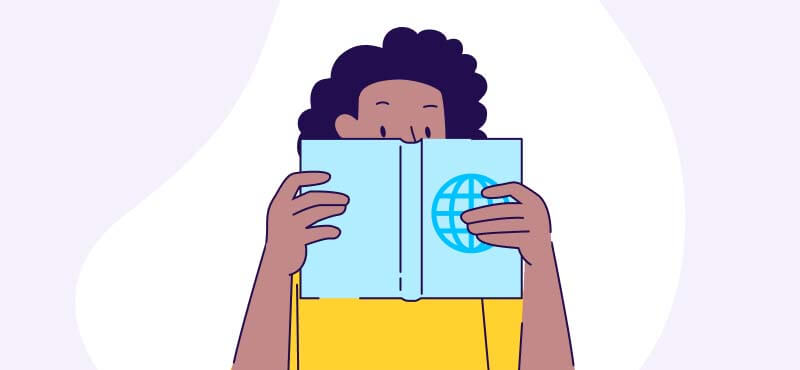
Whether you outsource your translations or translate in-house, build a glossary and style guide for your linguist/s so they can create worldwide brand consistency.
As your site grows in content and global reach, creating a handbook for your linguist/s is the best way to guarantee your brand translates its intent and not just its words.
Takeaway: It’s much harder to do this after you have already localized. Therefore, from the first day of your app build, start codifying terminologies for your linguist/s. This way, as your brand grows, the translation and style consistency can keep up.
4. Beta test and go cultural
Take mobile A/B testing even deeper. Test your content, UI (user interface), and UX on a whole new cultural level.
86% of buyers will pay more for a better customer experience. The best way to delight your users is to give them an experience they understand and want to engage with. By providing culturally relevant context and content, you increase the chances of positive user experiences.
Takeaway: Test with select users and native speakers in each locale you’ll target before your full release.
5. Avoid hard coding formats
The one thing we can consistently bank on in this world is its inconsistency.
From date formats like a 24-hour vs. a 12-hour split, we just can’t seem to agree on any of it. Therefore, avoid hard-coding any text like the plague, especially when it comes to dates, times, and currencies.
Takeaway: Use standard formats to easily adapt to date, time, and currency changes in your build.
6. Localize in the app store
The struggle is real when it comes to being discovered in app stores, which makes this one paramount to every other best practice (the BEST best practice).
Localize your app store metadata and do it in as many locales as possible. Even if your in-app content is not yet localized for those locales, start in the app store. Localize your app’s name, keywords, description, and any screenshots.
Inevitably, this will boost your app’s discoverability for new regions. And there’s the added benefit of app store optimization (ASO). However, going local also means optimizing. Localization is an integral part of ASO — because it opens up a world of new users in new markets for you.
Takeaway: Localize in the app store even for the locales your app isn’t ready for (yet). The very first step to having an app that rules the world is making sure your app is visible worldwide.
Key takeaways
Once your app is localized, the process doesn’t stop there. As your app’s reach and brand grow, you’ll have to add features or make changes to your app. In a way, going local to go worldwide is a process without an end (just like app development).
So, ICYMI, here’s everything you need to remember about how to localize your mobile app and dominate the world:
- Going local is the way to make your mobile app go global.
- Mobile app localization is adjusting the functionalities and interface of an app for global markets.
- Localizing your app is a must to compete and dominate in today’s rapidly expanding global smartphone economy.
- Before localizing, your app must be internationalized. Localization is about the content, and internalization is about the code.
- When localizing your mobile app, there are challenges to consider, like cultural differences, creating space, and international dating. That said, they’re -worth the consideration for your app and in general!
- When localizing, consider 6 best practices: flexible text size, locale (not just language), brand consistency, beta testing, avoiding hard codes, and app store localization.








